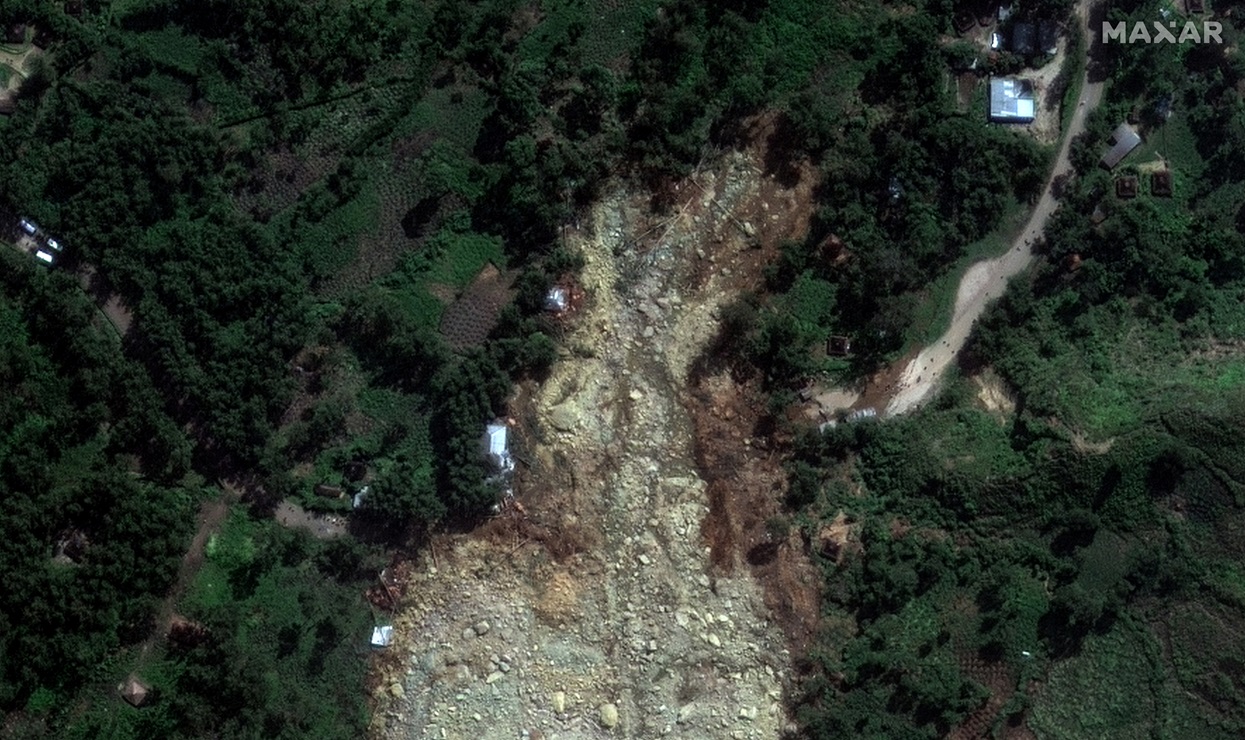
Relief teams in the Pacific nation have been trickling into the difficult-to-access northern Enga region since Friday, though officials said the odds of finding survivors were slim.
Residents said they had been using shovels and bare hands to search for survivors.
"The landslide area is very unstable. When we're up there, we're regularly hearing big explosions where the mountain is, there is still rocks and debris coming down," Enga province disaster committee chairperson Sandis Tsaka told Reuters.
"The landslide is still active, as people are digging through the rocks, more is still coming down."
A state of emergency has been declared across the disaster zone and a neighbouring area, with a combined population of between 4500 to 8000, although not all had been ordered to evacuate yet, Tsaka said.
Military personnel had set up checkpoints and were helping move residents to evacuation centres, he said.
Heavy equipment and aid has been slow to arrive because of the remote location, treacherous terrain and tribal unrest in the area forcing the military to escort the convoys of relief teams.
More than 2000 people were buried in the landslide which occurred early Friday (local time), according to the government.
That is sharply higher than the initial estimates by the UN, which has put the possible deaths at more than 670.
Former head of the local government Jiman Yandam estimated the dead at 162. Only five bodies have been recovered so far.
The variance in the total number of possible deaths reflects the difficulty in getting an accurate population estimate. The mountainous nation's last credible census was in 2000 and a 2022 voter roll doesn't include those under 18.
Tsaka declined to specify the total death toll, saying he was not sure how many residents were in the area when the landslide occurred.
"From preliminary estimates, we expect it to be a significant number, in the hundreds and it could go beyond but at this point we'd like to be careful with the number," he said.












